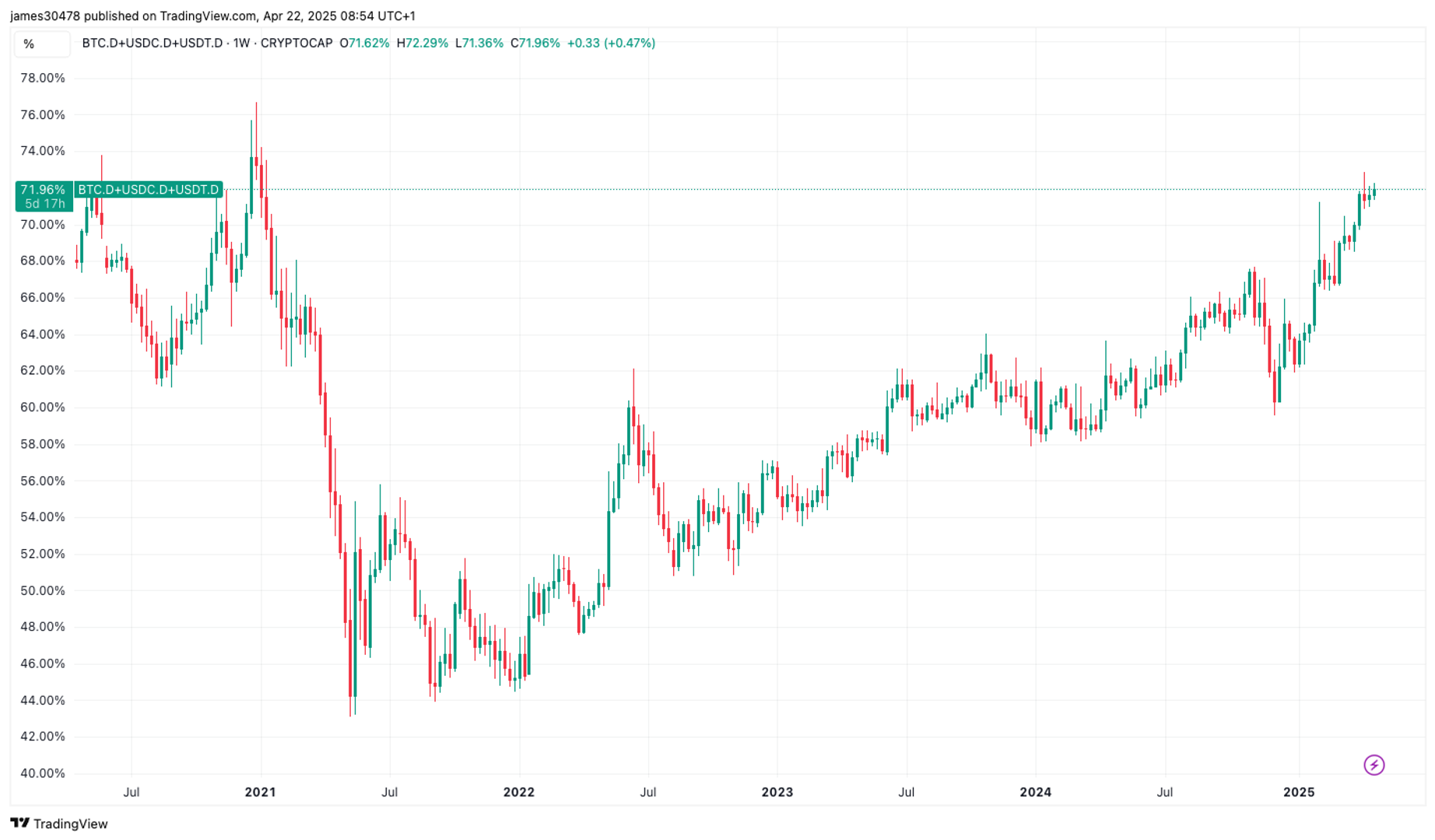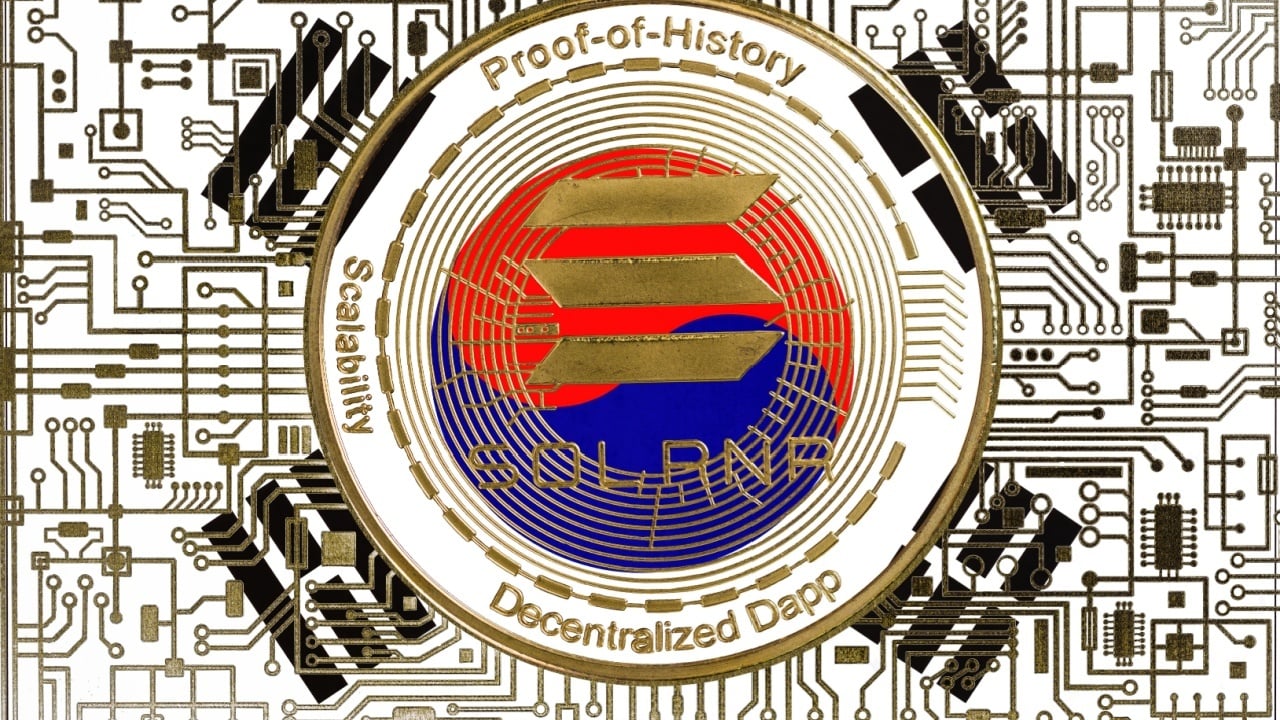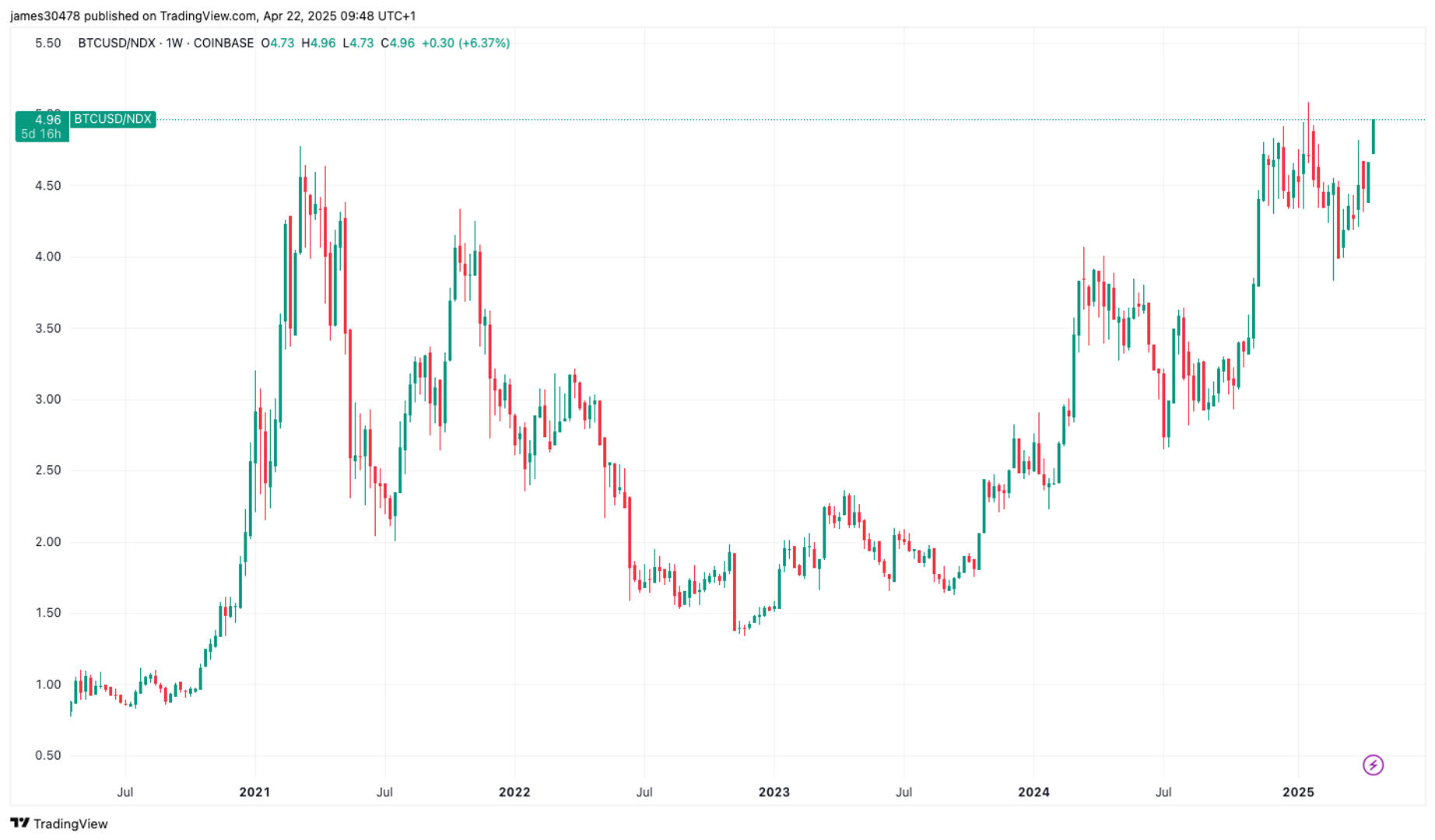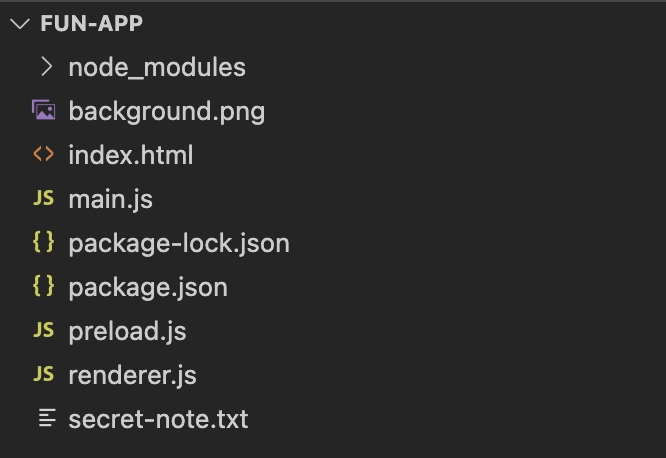Why Web3 Needs More Data Analysts (and Not Just Developers)
When people talk about Web3, the spotlight almost always lands on developers—smart contract engineers, protocol architects, dApp builders. Don’t get me wrong—they’re doing incredible work. But there’s a gap no one’s really talking about: data analysts. I recently made the switch from Web2 data analytics to Web3 on-chain analysis, and one thing I’ve noticed quickly is this—there’s a ton of data in Web3, but not nearly enough people turning it into insight. Developers Build, But Analysts Tell the Story Blockchains generate raw, chaotic data every second—wallet transactions, gas fees, contract calls, NFT transfers, DAO votes. It’s a goldmine, but it doesn’t mean much until someone makes sense of it. That’s where analysts come in. We help answer critical questions like: What’s driving protocol growth? Which wallets are power users, and how do they behave? Where are whales moving capital—and why? Without these insights, projects are flying blind. Why the Gap Exists There are two main reasons: Tooling is still evolving. Unlike Web2, where tools like Excel, Tableau, or Power BI are plug-and-play, on-chain data requires you to know SQL, write subgraphs, or wrestle with APIs. Narratives dominate over numbers. Many Web3 projects focus more on hype and less on measurable performance, which leaves data roles undervalued. What Needs to Change We need to start seeing data analysis as a core part of building in Web3—not just a nice-to-have. More analysts means better decision-making, stronger communities, and healthier ecosystems. As someone making this transition, I’m just getting started. But I already see the need—and the opportunity. Are you a Web3 founder, dev, or fellow analyst? I’d love to hear your thoughts. Do you think Web3 is sleeping on data? What tools or frameworks have helped you most? Let’s discuss.

When people talk about Web3, the spotlight almost always lands on developers—smart contract engineers, protocol architects, dApp builders. Don’t get me wrong—they’re doing incredible work. But there’s a gap no one’s really talking about: data analysts.
I recently made the switch from Web2 data analytics to Web3 on-chain analysis, and one thing I’ve noticed quickly is this—there’s a ton of data in Web3, but not nearly enough people turning it into insight.
Developers Build, But Analysts Tell the Story
Blockchains generate raw, chaotic data every second—wallet transactions, gas fees, contract calls, NFT transfers, DAO votes. It’s a goldmine, but it doesn’t mean much until someone makes sense of it. That’s where analysts come in.
We help answer critical questions like:
What’s driving protocol growth?
Which wallets are power users, and how do they behave?
Where are whales moving capital—and why?
Without these insights, projects are flying blind.
Why the Gap Exists
There are two main reasons:
Tooling is still evolving. Unlike Web2, where tools like Excel, Tableau, or Power BI are plug-and-play, on-chain data requires you to know SQL, write subgraphs, or wrestle with APIs.
Narratives dominate over numbers. Many Web3 projects focus more on hype and less on measurable performance, which leaves data roles undervalued.
What Needs to Change
We need to start seeing data analysis as a core part of building in Web3—not just a nice-to-have. More analysts means better decision-making, stronger communities, and healthier ecosystems.
As someone making this transition, I’m just getting started. But I already see the need—and the opportunity.
Are you a Web3 founder, dev, or fellow analyst?
I’d love to hear your thoughts. Do you think Web3 is sleeping on data? What tools or frameworks have helped you most? Let’s discuss.











































































































































































![[The AI Show Episode 144]: ChatGPT’s New Memory, Shopify CEO’s Leaked “AI First” Memo, Google Cloud Next Releases, o3 and o4-mini Coming Soon & Llama 4’s Rocky Launch](https://www.marketingaiinstitute.com/hubfs/ep%20144%20cover.png)

















































































































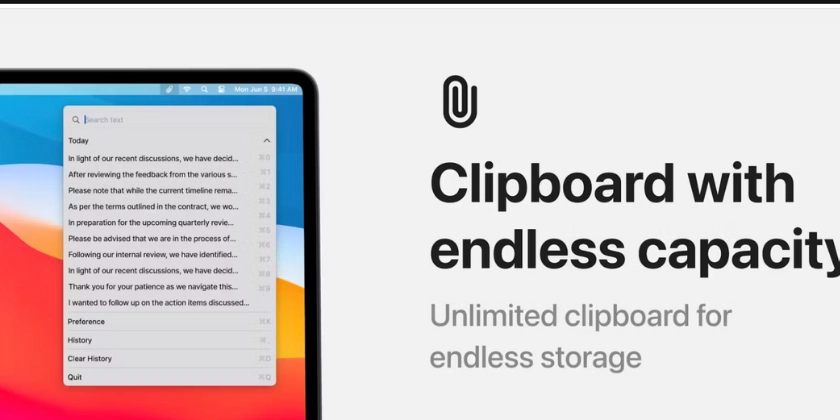


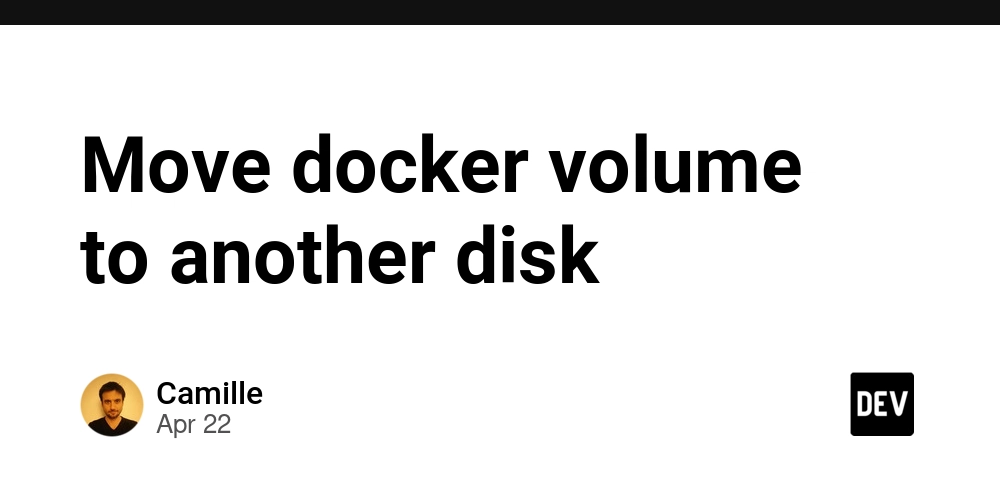














![From fast food worker to cybersecurity engineer with Tae'lur Alexis [Podcast #169]](https://cdn.hashnode.com/res/hashnode/image/upload/v1745242807605/8a6cf71c-144f-4c91-9532-62d7c92c0f65.png?#)























![BPMN-procesmodellering [closed]](https://i.sstatic.net/l7l8q49F.png)




















































































.jpg?#)
.jpg?#)



































.webp?#)






























































































![CarPlay app with web browser for streaming video hits App Store [U]](https://i0.wp.com/9to5mac.com/wp-content/uploads/sites/6/2024/11/carplay-apple.jpeg?resize=1200%2C628&quality=82&strip=all&ssl=1)



![What’s new in Android’s April 2025 Google System Updates [U: 4/21]](https://i0.wp.com/9to5google.com/wp-content/uploads/sites/4/2025/01/google-play-services-3.jpg?resize=1200%2C628&quality=82&strip=all&ssl=1)











![Apple Releases iOS 18.5 Beta 3 and iPadOS 18.5 Beta 3 [Download]](https://www.iclarified.com/images/news/97076/97076/97076-640.jpg)
![Apple Seeds visionOS 2.5 Beta 3 to Developers [Download]](https://www.iclarified.com/images/news/97077/97077/97077-640.jpg)
![Apple Seeds tvOS 18.5 Beta 3 to Developers [Download]](https://www.iclarified.com/images/news/97078/97078/97078-640.jpg)
![Apple Seeds watchOS 11.5 Beta 3 to Developers [Download]](https://www.iclarified.com/images/news/97079/97079/97079-640.jpg)






























































































